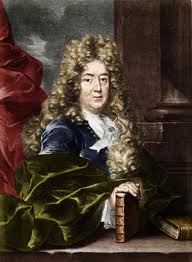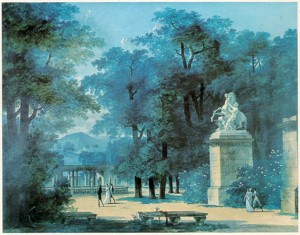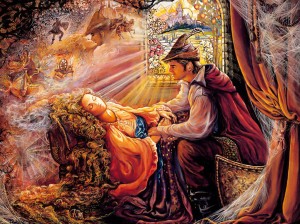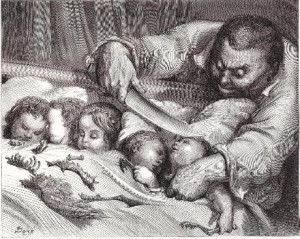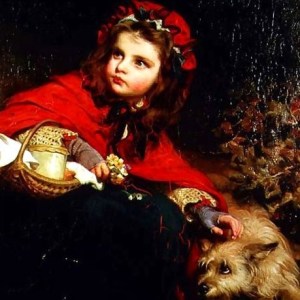Most of us have heard of the Grimms. They wrote fairy tales. Or at least recorded them for us. When I think of fairy tales, Grimm’s Fairy Tales always comes immediately to mind. But who was Perrault? What did he have to do with fairy tales?
Charles Perrault was similar to the Grimms in collecting oral tales and writing them down. In fact, some of Grimm’s Fairy Tales actually have roots in Perrault, who was a member of the French court under Louis XIV, and was born about a century and a half before the Brothers Grimm. Both Charles Perrault and Jacob and Wilhelm Grimm were well educated. But there are some big differences between them.
Whereas the Grimms had to face great poverty, Charles Perrault grew up wealthy, being born the seventh son of a bourgeois family in Paris in 1628. He also later sparked what is known as the Quarrel of the Ancients and the Moderns when he argued in support of the superiority of the “modern” literature of his century over the “ancient” literature of preceding centuries.
Another big difference between the two is that whereas the Grimms focused on gathering folk and fairy tales pretty much their entire lives, Charles Perrault did not become a collector of tales until much later in life. Also, the Grimms were in search of tales originating from the German peasantry. But where did Perrault find his tales?
As it turns out, a trend for telling magical tales emerged among Parisian intellectuals in the mid-17th century. Known as the Salon Era because prominent men and women would gather in salons, hosted by prominent aristocratic women, to discuss issues of the day. Some of the most talented women writers of the time were products of these early salons, probably because the salons pushed against gender barriers and encouraged women to be more independent. (Keep in mind this was a period of time in which women were blocked from a formal education.)
As these salon gatherings evolved, the game of retelling an old tale in a new way became more and more popular. Because the salon gatherings were made up of the bourgeoisie, it is no surprise that most of the tales focus on court life and feature clever young aristocratic girls. The decorative language of the fairy tales also allowed these women to get the rebellious subtext past court censors.
Charles Perrault was a product of this era and knew these fairy tales well. The fact that they were so popular worked in his favor, as he was able to pick and choose the best for his book, Stories or Tales from Times Past, with Morals, which we know better by the title in the frontispiece, Tales of Mother Goose. Tales of Mother Goose was published under the name of his son, Pierre, probably to avoid criticism from supporters of the “ancients”. It also came at a point in time when Perrault, having lost his job, became focused on his children and their education.
And what was included in these Tales of Mother Goose? Here another difference from the Brothers Grimm, who collected over 200 fairy tales. Perrault published only eight fairy tales in Tales of Mother Goose, with another three fairy tales previously published separately.
And remember those characteristics the aristocratic Salon Era women were aiming for in the telling of their magical fairy tales? Keep those in mind as you think about Perrault’s versions of The Sleeping Beauty in the Wood, Little Red Riding Hood, Blue Beard, Puss in Boots, The Fairies, Cinderella, Ricky of the Tuft, Little Thumb, Griselda, The Ridiculous Wishes, and Donkey Skin.


